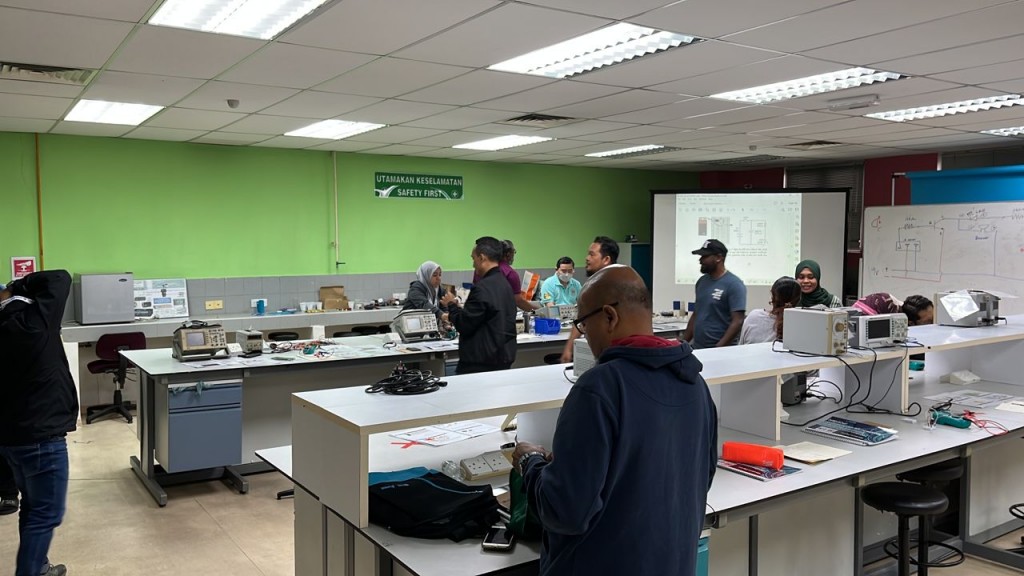Even though the Xeon processor has become the default engine for most kinds of compute in the datacenter, it is by no means to only option that is available to large enterprises that can afford to indulge in different kinds of systems because they do not have to homogenize their systems as hyperscalers must if they are to keep their IT costs in check.
Sometimes, there are benefits to being smaller, and the ability to pick point solutions that are good for a specific job is one of them. This has been the hallmark of the high-end of computing since data processing systems were first developed many decades ago, and it continues to be the case with supercomputing and other exotic types of infrastructure at large and sophisticated enterprises.
It is with this in mind that we contemplate the new “Sonoma” S7 processor, which Oracle unveiled last summer and which is at the heart of the new Sparc S7 systems that made their initial debut in late June. Like other alternatives to the Xeon, the Sparc S7 processor has to demonstrate performance and value advantages compared to the Xeon – it is not sufficient to be compatible with prior Sparc processors and show price/performance improvements against those earlier generations of Sparcs. The Xeon processor so utterly dominates the modern datacenter and is such a safe choice that Sparc, Power, or ARM processors have to meet or beat it if they have any hope of getting traction.
According to the benchmarks that Oracle has put together for the Sparc S7 systems, these machines can compete effectively against modern Xeon E5 processors, particularly for workloads that require relatively brawny cores and high clock speeds and perhaps especially for software that is priced per core, as Oracle’s own database and middleware software is.
Given Oracle’s key business of peddling relational database software – it has over 310,000 customers worldwide using its eponymous database software – you would expect for the Sparc S7 processors aimed at two-socket machines and M7 processors aimed at larger NUMA machines would be tricked out to accelerate databases and to offer very competitive performance. And according to the benchmark tests that Oracle has run, this is the case. But Oracle is also interested in running other workloads on the S7 systems, and has run benchmarks that show the machines to be competitive running Java application, analytics, and NoSQL tests.
Oracle’s desire is to position the S7 systems directly against Xeon systems for database workloads and to do more work with fewer cores, which plays into its strategy of lowering the cost of its software to help promote its hardware.
Oracle uses a processor core scaling factor to adjust its database pricing based on core counts and architecture, with IBM Power and Intel Itanium processors having to pay full price per core but modern Xeon E5 chips as well as the most recent Sparc T, S, and M series chips from Oracle have a 0.5 scaling factor on the core counts, which means they get a 50 percent discount for software licenses. (You can see the scaling factors, which were first introduced in 2009, at this link.) With the scaling factors being the same on the Xeon and Sparc S7 processors, the odds are even here, but compared to chips with brawnier cores, like the Power8 chip from IBM, Oracle gives its own S7 and M7 platforms a software pricing advantage because of the core scaling factor.
Read the complete article by Timothy Prickett Morgan
https://www.nextplatform.com/2016/07/21/stacking-oracle-s7-intel-xeon/
